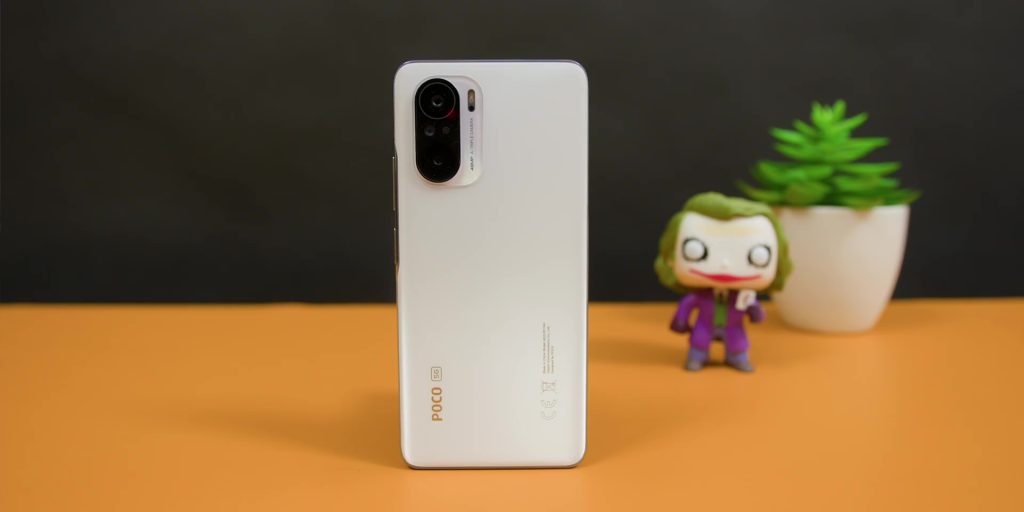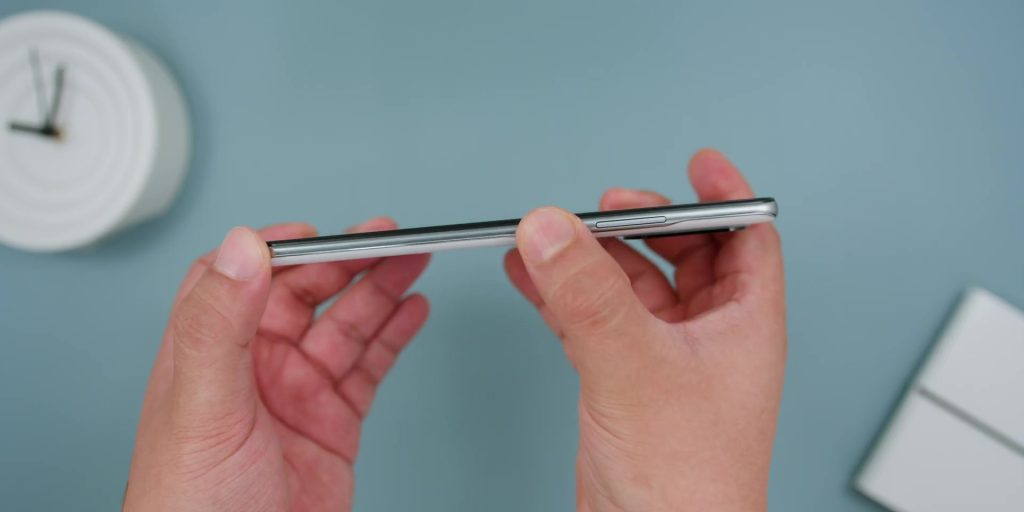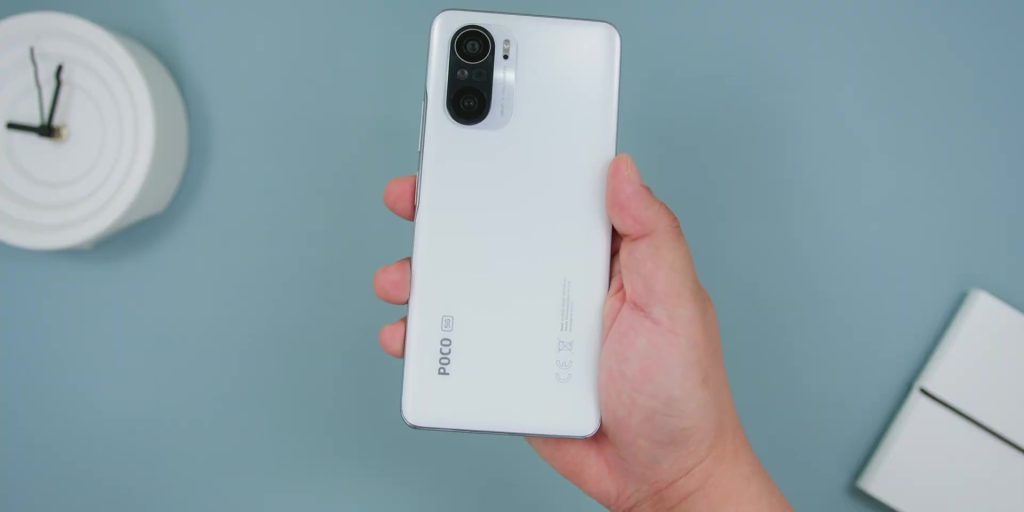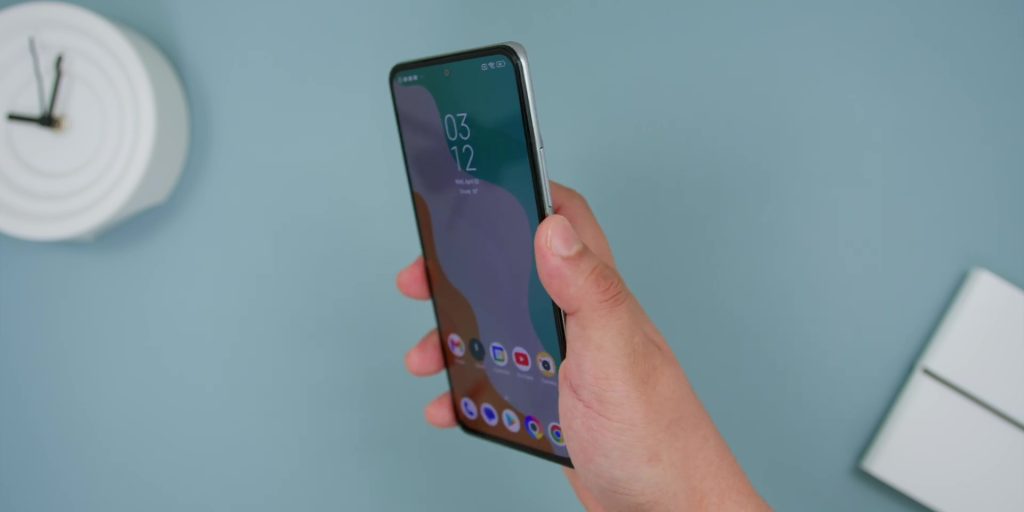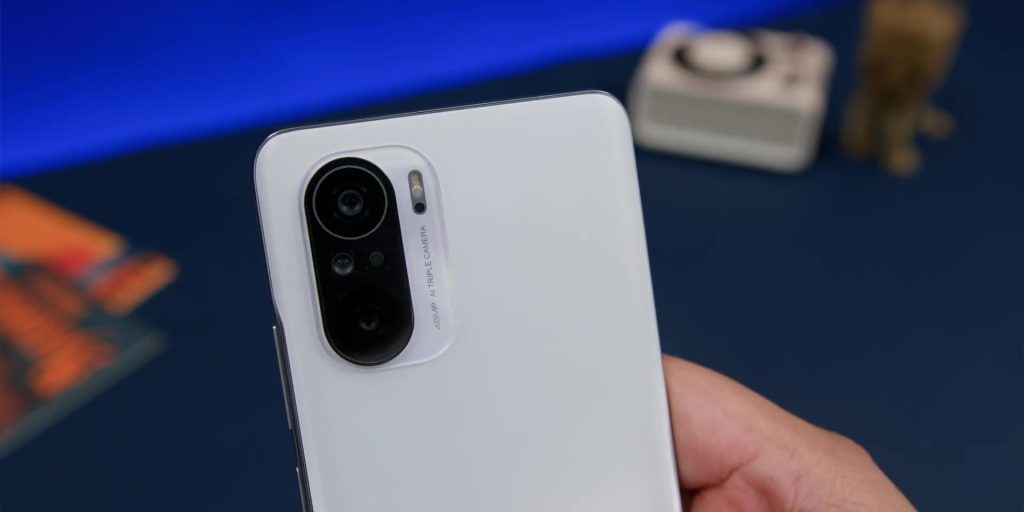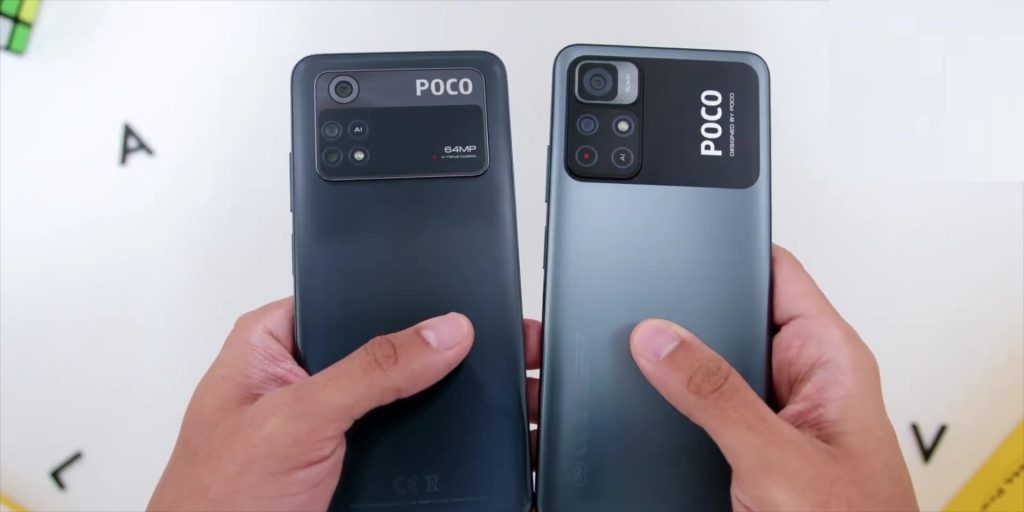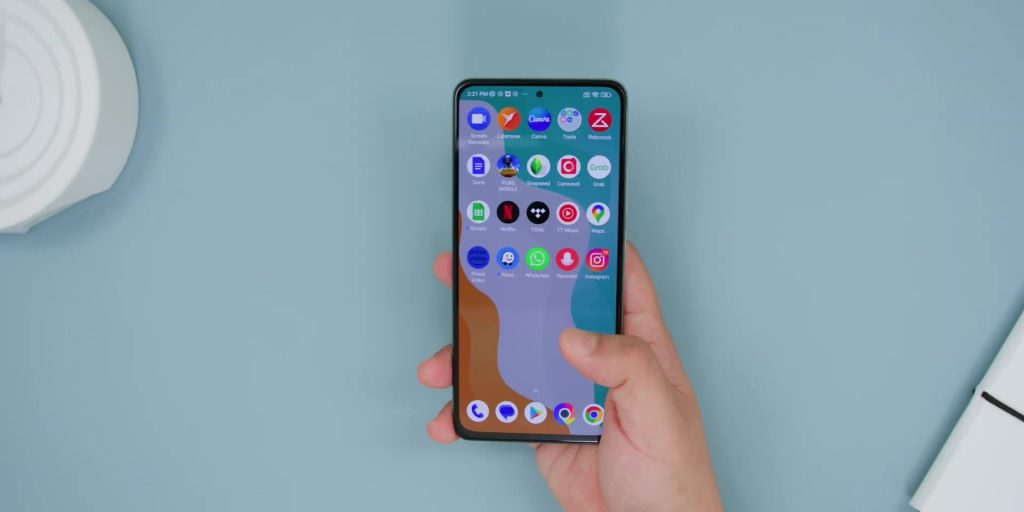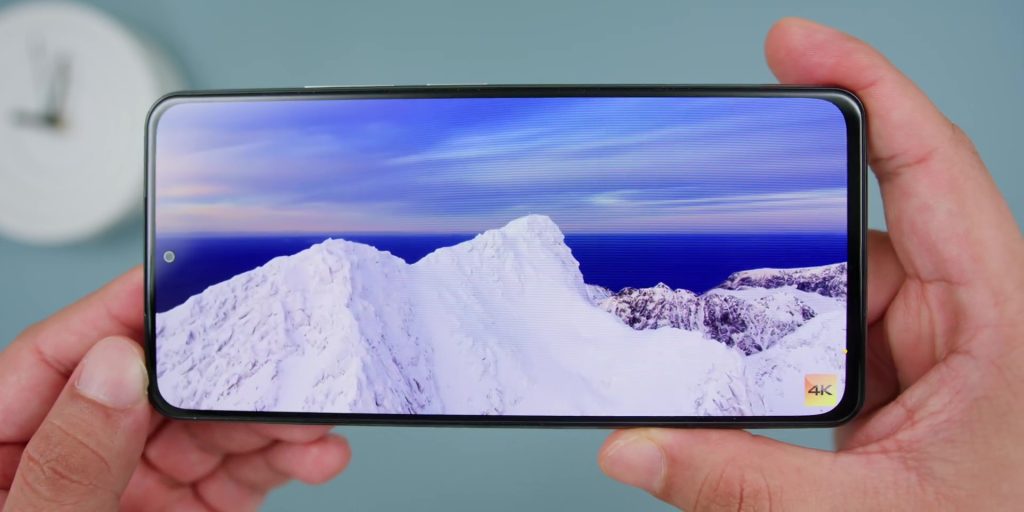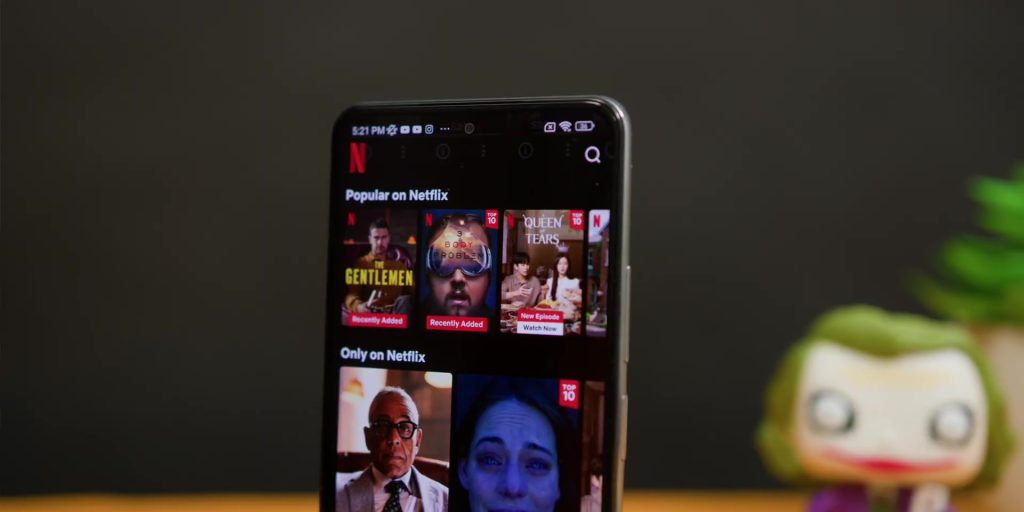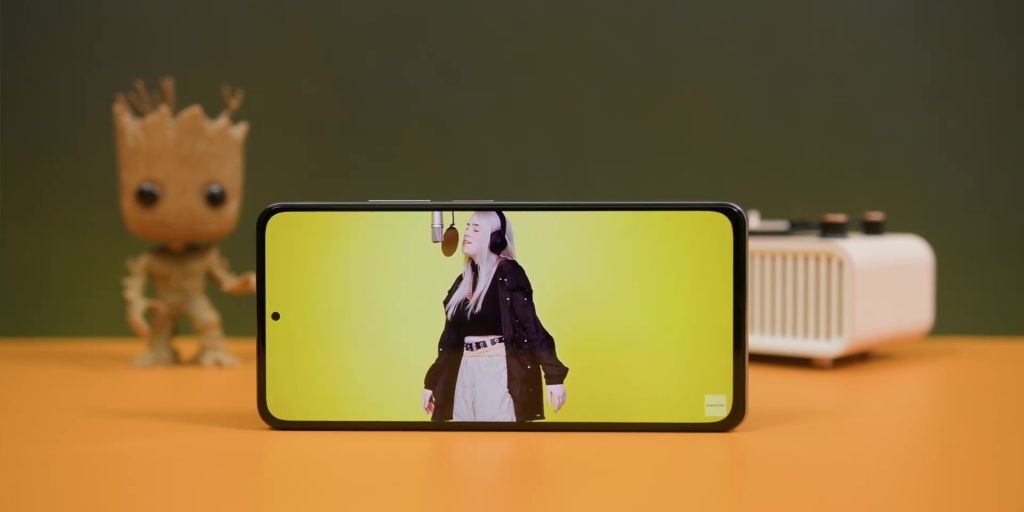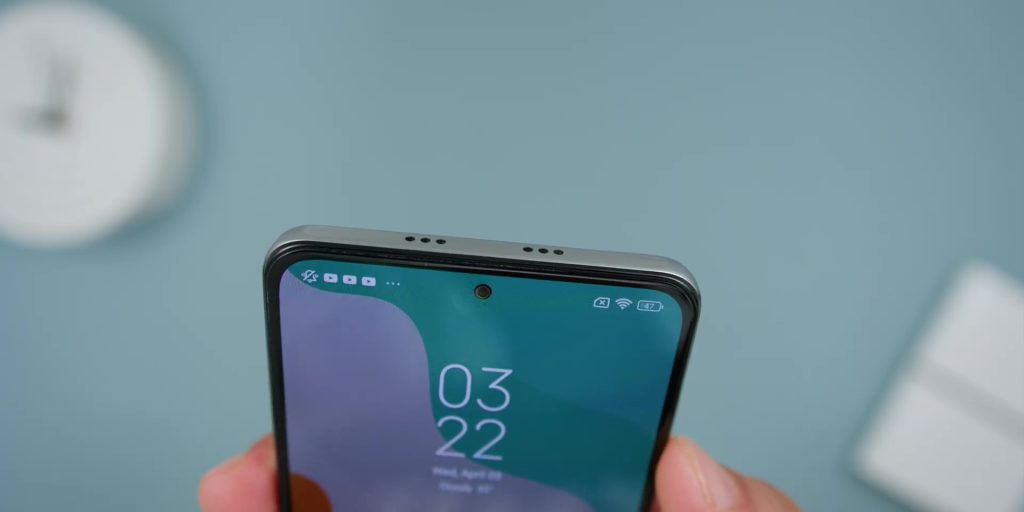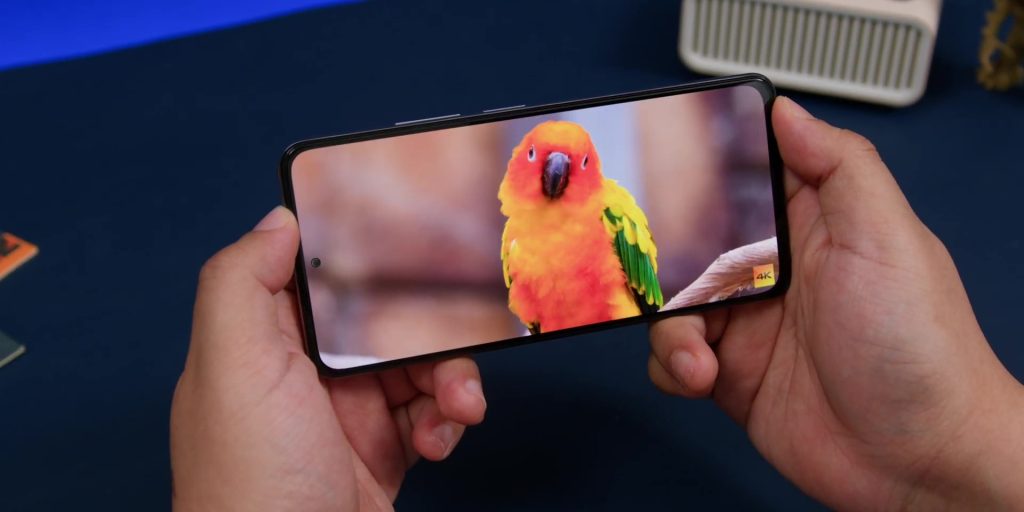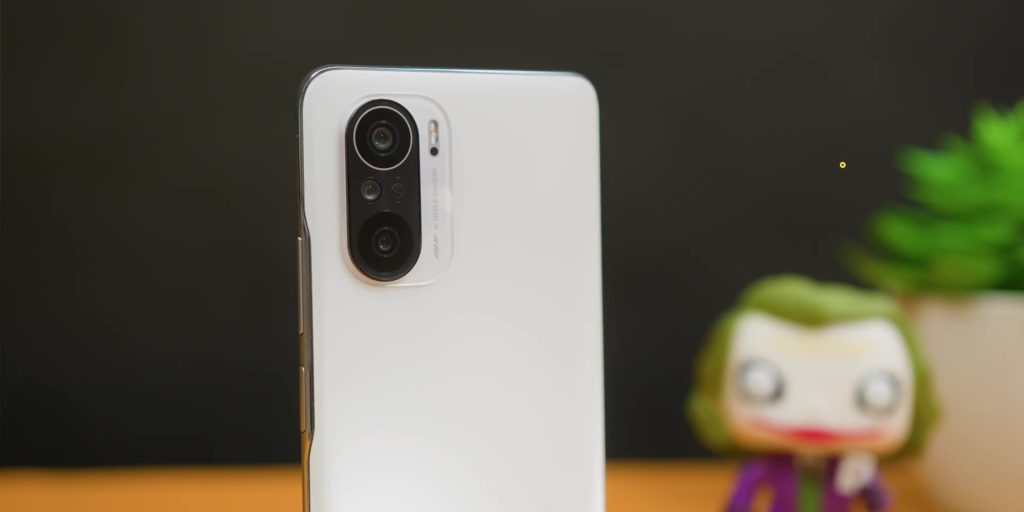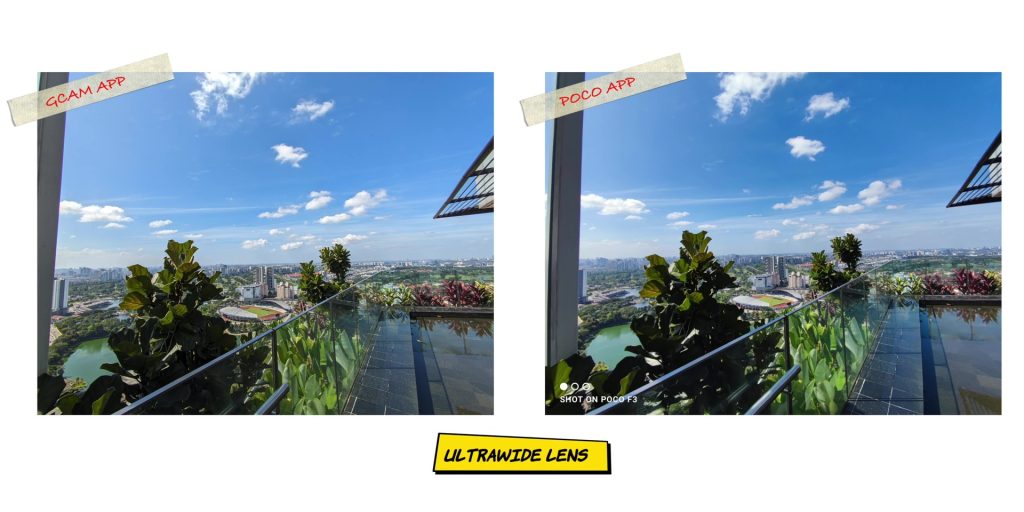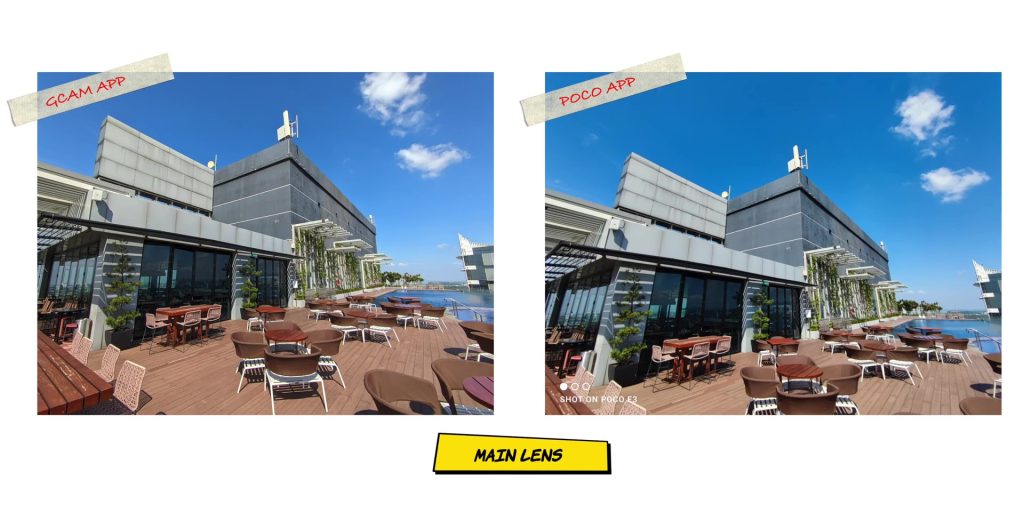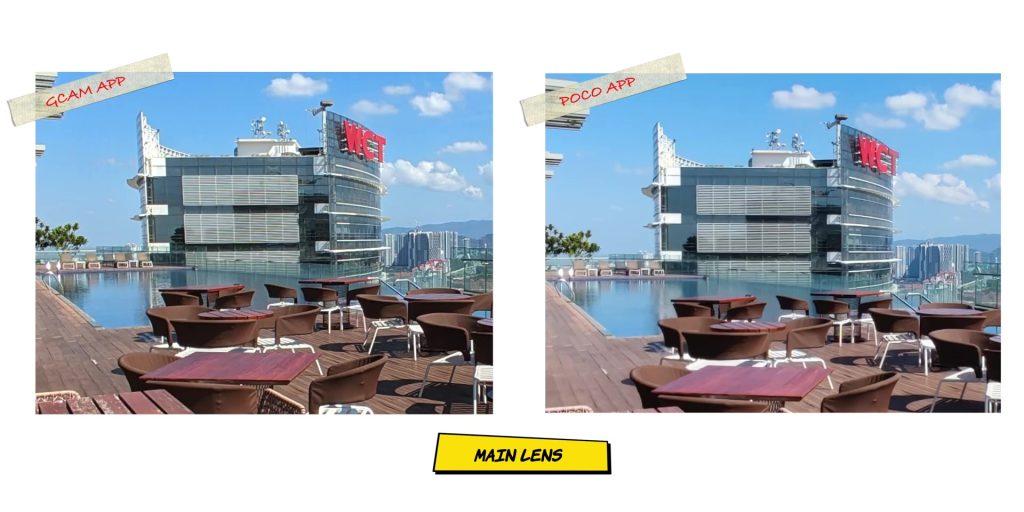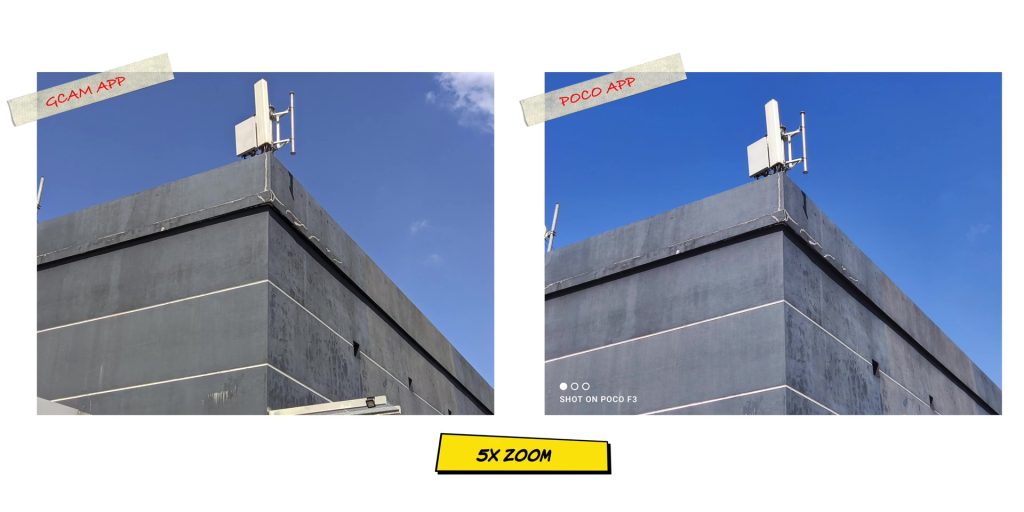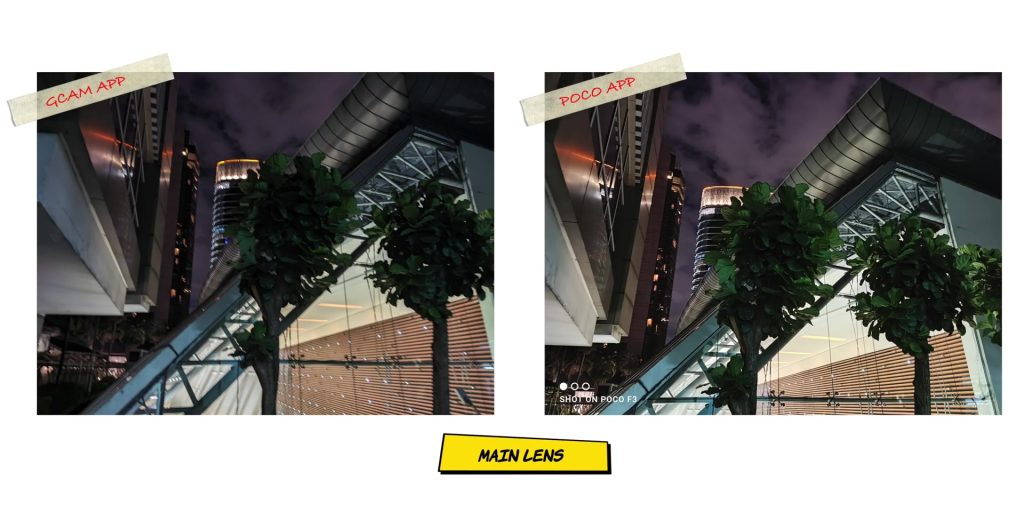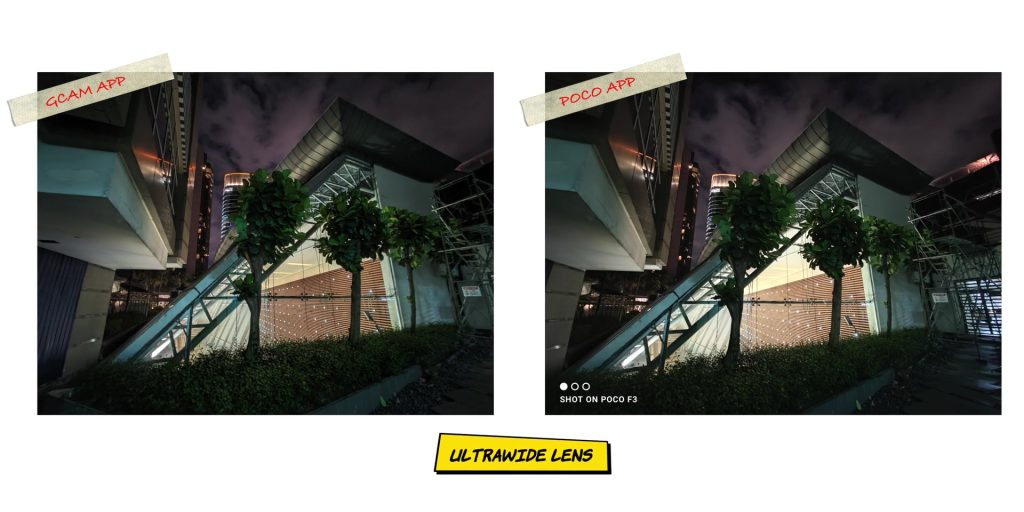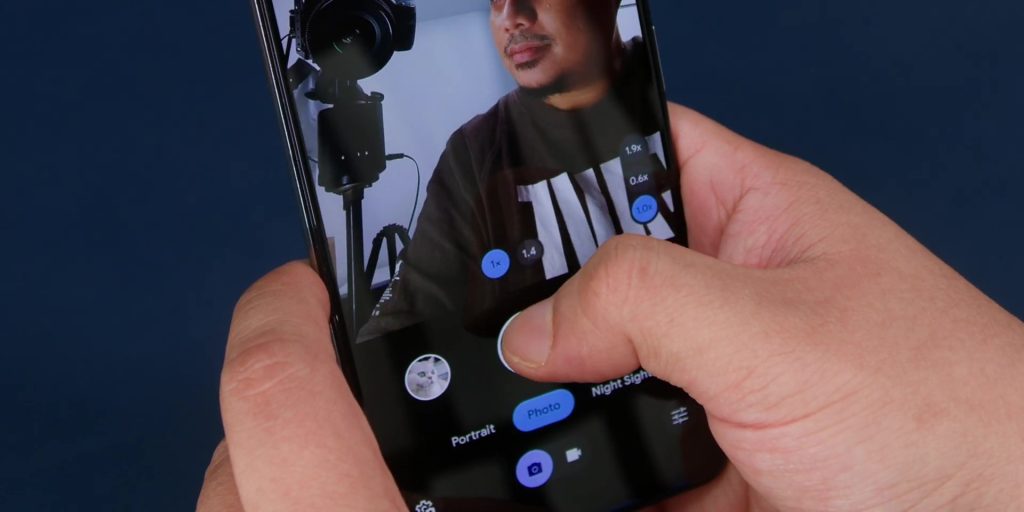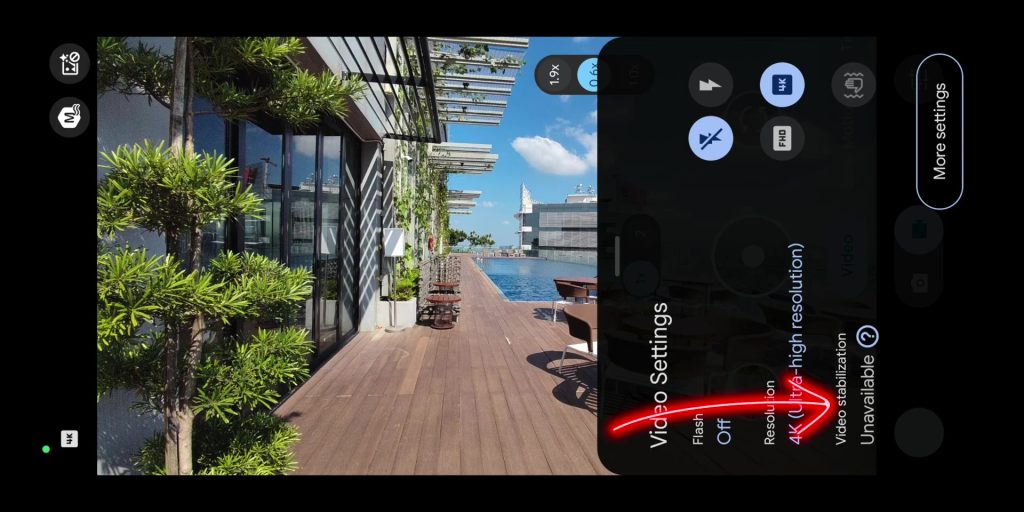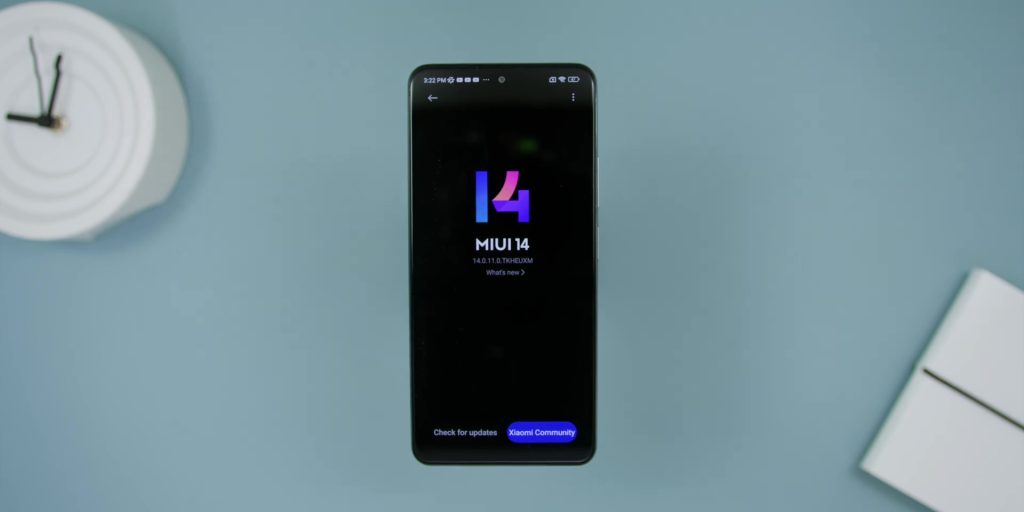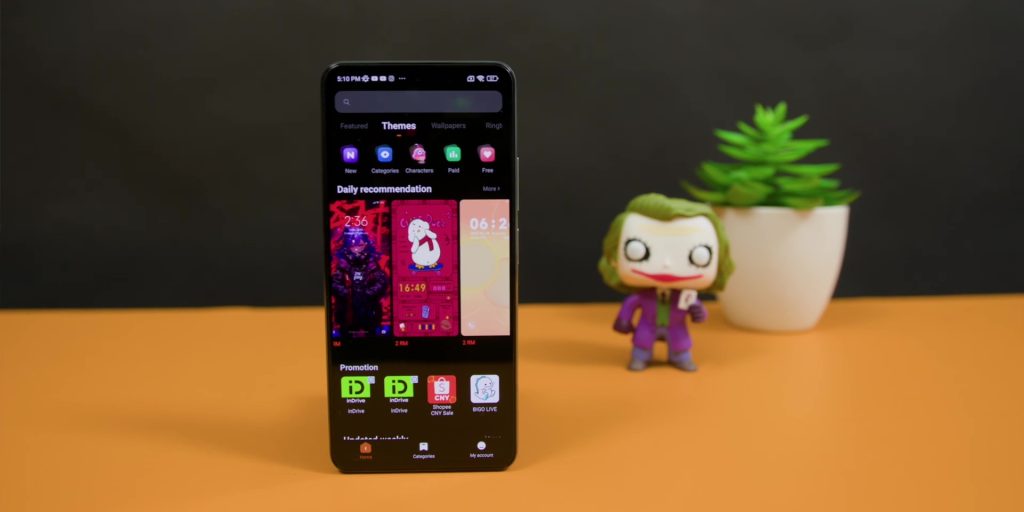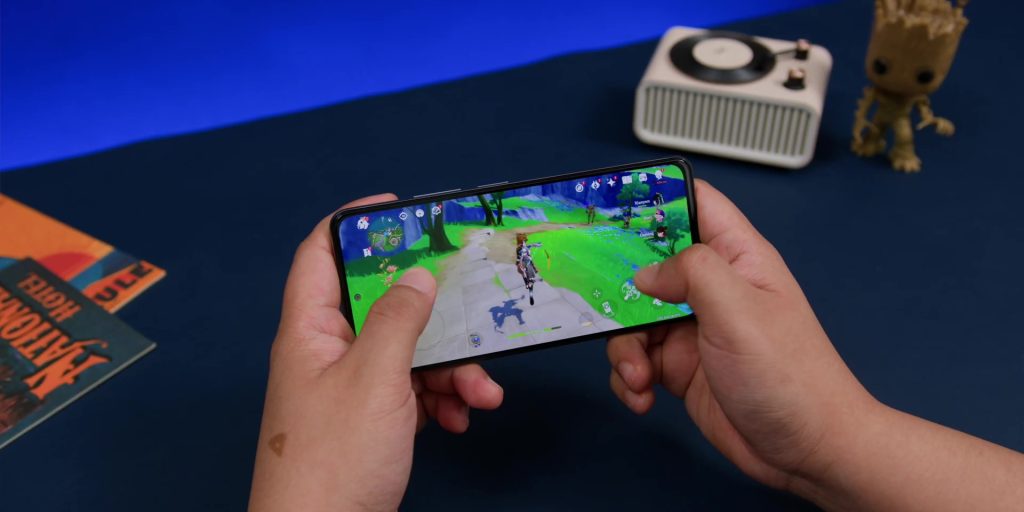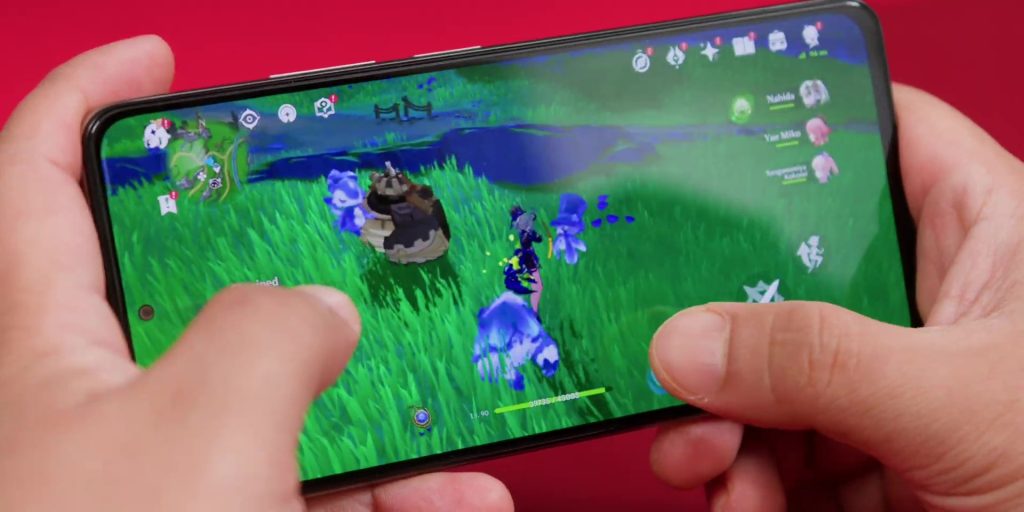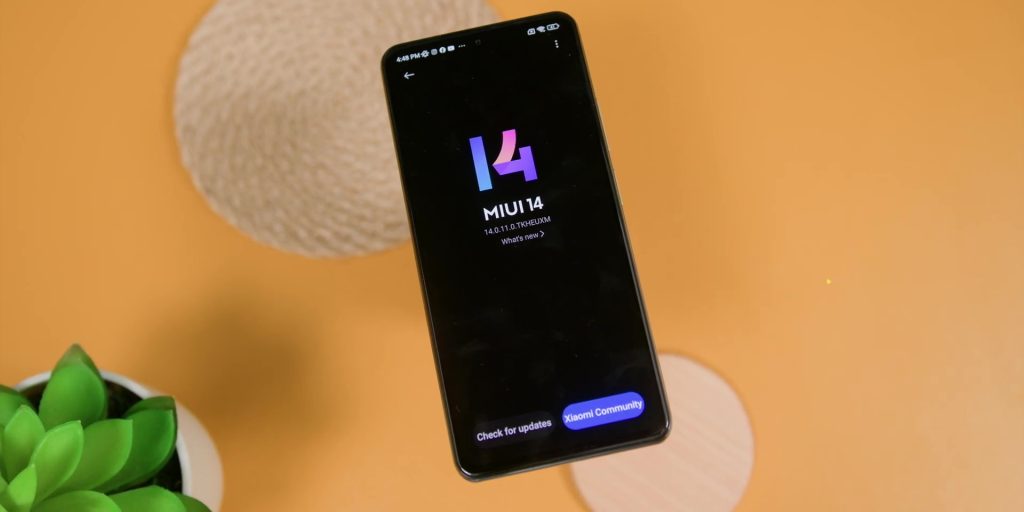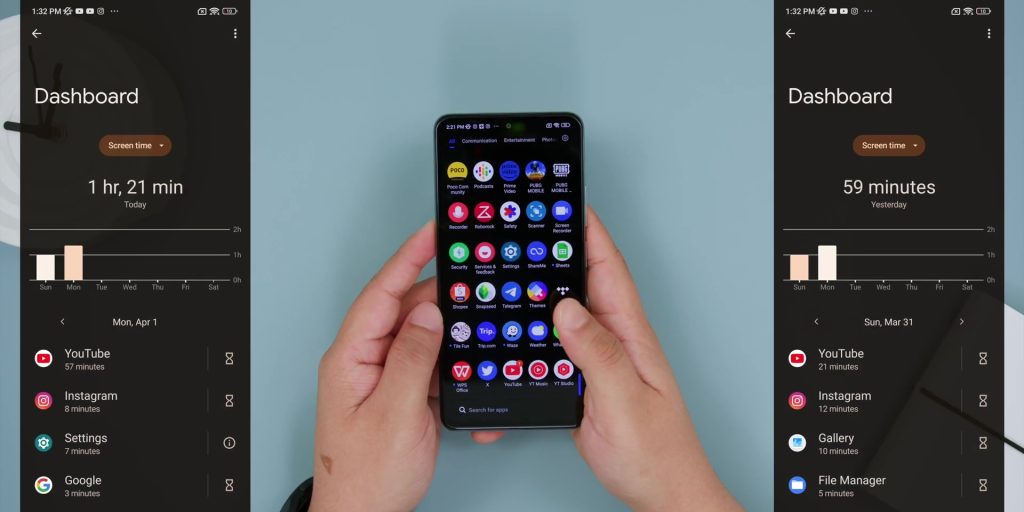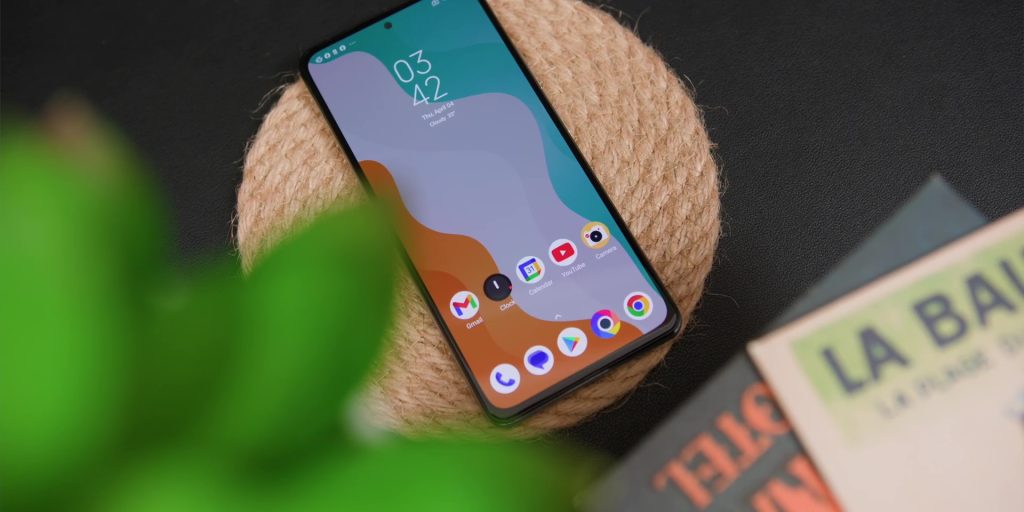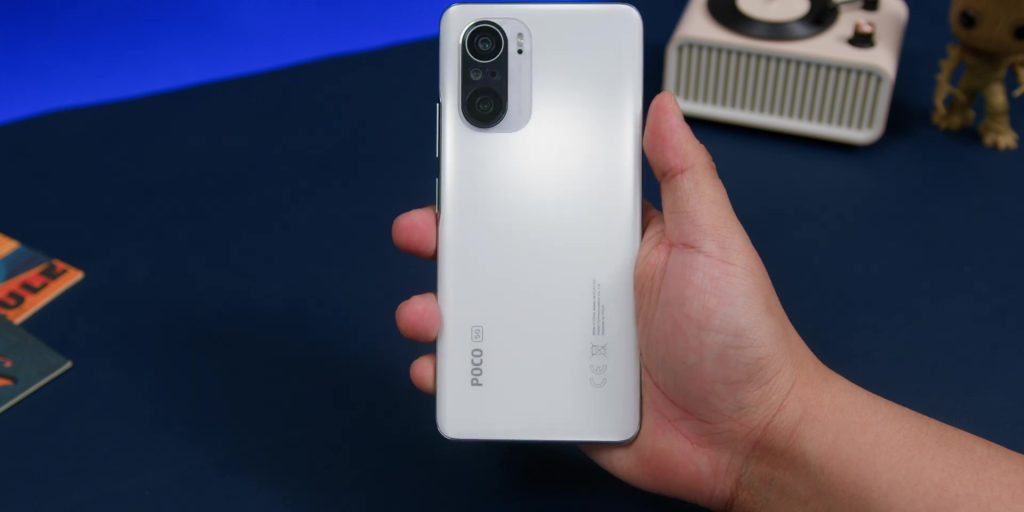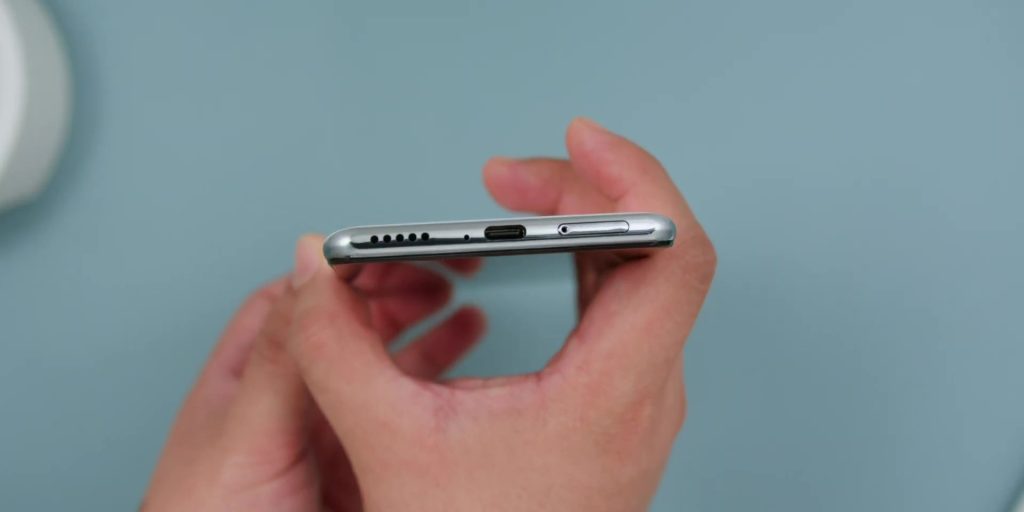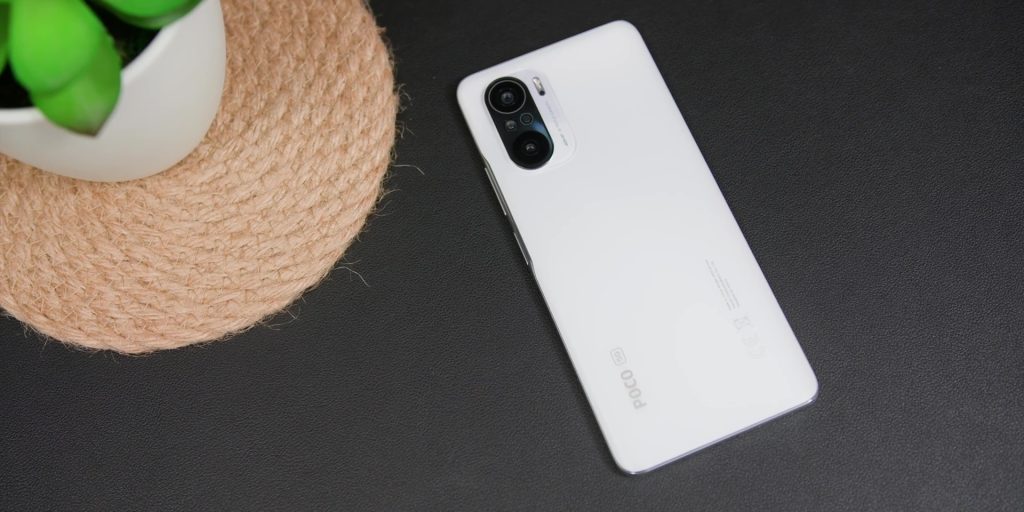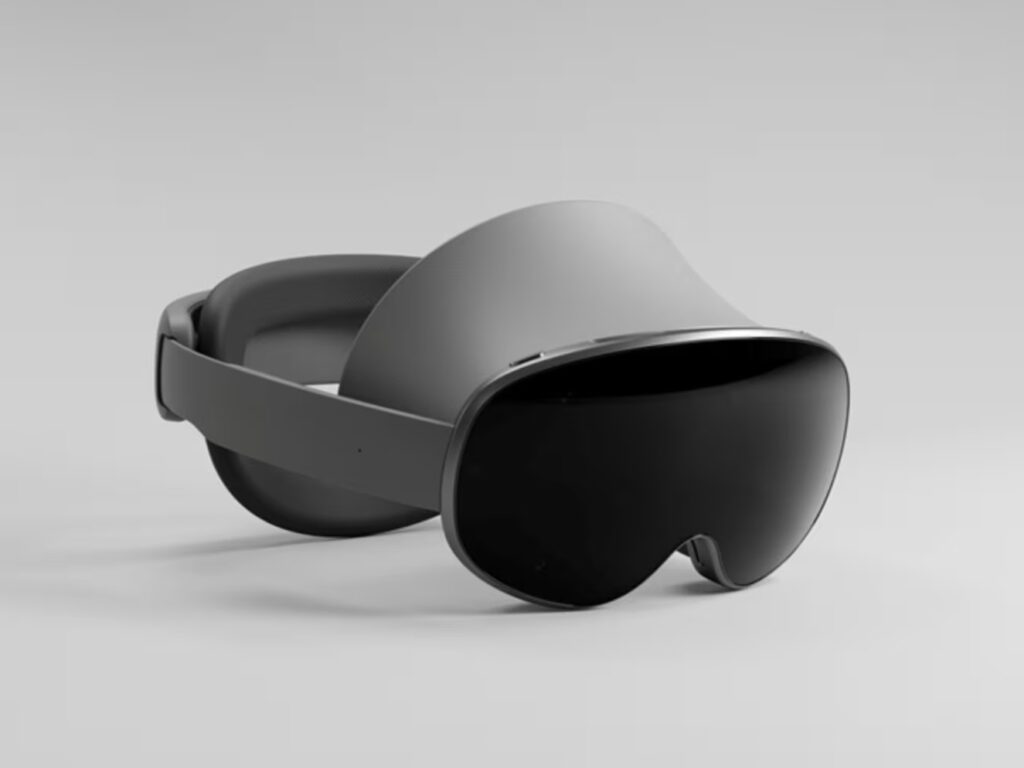You know what, f*ck Android flagships, man, just ignore all of them because it’s been 3 years, and still this POCO F3 performs like a beast, especially for photos when I use it with the Gcam app on the phone. But there are still areas where this phone lacks.
Build Quality
Let’s revisit the build quality. Looking back to using all of those thick phones, it is super refreshing to go back to a phone which has a nice slim form factor. And it made me wonder, how in the world that we all got used to this bulky flagship smartphones like the Samsung Galaxy S24 Ultra and even the iPhone 15 Pro Max.
And the matte finish at the back is still a blessing compared to something like the glossier Xiaomi 13 which I had in white. Now yes, this does not come with a wireless charger, but you know what, I would trade in a nice matte finish for any fancy glossy smartphone.
As cliche as it sounds, it felt really great in my hands when I was using it every day – taking pictures, playing games, or just confidently holding the phone in one hand.
Speaking of which, this side-mounted fingerprint sensor is still a godsend, unlocking the phone super quickly with absolutely no errors all the time.
It is also a wonder why that POCO did not continue with this camera bump which is super low profile, not only in terms of the actual thickness but also in terms of branding which doesn’t tell the whole world that you’re using a POCO phone like “Look at me! Look at me!” Just like how the M series and the X series are, which makes you like a walking advertisement for the POCO brand.
Screen
Next, let’s talk about the screen. Now if you find a phone this thin, usually there’s some sort of a compromise on the screen quality. But after revisiting this phone, I didn’t even notice that this is not a flagship.
However, the bezels around the screen seem to tell the phone’s age, but then again smartphones like the Google Pixel 8 still have thick bezels so that is not a complaint over here.
Watching videos on it was still really good and in case you have forgotten, this phone has Widevine L1 playback specification on Netflix and even HDR 10 playback capabilities.
Moving away from the screen for a bit, even the stereo speakers after 3 years sounded great, with no signs of cracking where the audio is coming from both the bottom of the phone and at the earpiece area.
I’m still curious whether or not these holes are speakers because I did close them and I couldn’t tell the difference because the speakers on the earpiece were quite loud.
Going back to the screen, while smartphones are currently parading a crazy amount of brightness on your phone, for this POCO F3, even at a humble 1300 nits of peak brightness, using the phone outdoors and taking videos and photos during very bright daylight was very visible. And speaking of which, let’s talk about the cameras.
Camera
So many of you have been saying tons of great things about using the Gcam app with the POCO F3 and how it is the “best combination ever” but based on my test, that is only half the truth.
Based on my extensive test taking tons of pictures and videos during the day and night, here is my detailed comparison and conclusion.
For the ultra-wide lenses, the results were the same, except for the native app is a tiny bit saturated in the skies.
Then the saturation remained a bit more on the main lens and the pictures on the native app have a little more sharpness where the groves on the WCT building were a bit sharper.
But you probably wouldn’t tell a difference here on YouTube or if you post that picture on social media. And the same can be said for the zoom mode as well.
Now, where the Gcam app really shines is on the rear portrait mode. Not only it has two focal lengths to choose from within the app, but the overall details of the background blur and the skin tones look way better than the native app.
Another area where the Gcam app did better is in the nighttime photos where the images were just slightly brighter, not hell of a difference but it is there and the Gcam app also handles highlights just a bit better.
Then as for the selfie modes, if you want to have a more flawless look to your photos then you can use the native app, as the Gcam app reveals every detail of your face, including the wrinkles on my face – can you see it? Which is very prominent on my face in these pictures.
Then of course, the Gcam app also has the added versatility of having two focal lengths to choose from in this selfie mode.
So yeah, this selfie photo is based on your personal preference on what kind of a look that you would like to go with. But the native app does better on exposing the background when taking selfies where it is darker on the Gcam app.
Then it’s a totally separate story when it comes to video though, because firstly, video stabilization cannot be used on the Gcam app, so the footage just sucks compared to the native app for video where everything looks and performs fantastic for the rear cameras on the native app.
There is also a current bug where if you change to the video mode for front video, it doesn’t load, so just ignore using Gcam app for video.
Software
Software-wise, as of the time of this review, the latest update is MIUI version 14.0.11.0. Don’t you just love all these decimals on MIUI software?
The good news is that there hasn’t been any issue using the phone daily and I’ve also noticed that the ads have significantly dropped compared to last year. The ads did pop up maybe once a day or maximum twice a day compared to before where it was about four times a day.
And the bad news is that Xiaomi’s latest HyperOS won’t be coming to the POCO F3, so let’s hope that this MIUI continues to behave.
The only minor thing that I had to do with certain apps like Instagram and Facebook was the fact that they automatically logged me off. And then when I tried to log in again, I couldn’t even after updating the software, so I had to just uninstall and reinstall the app, then it worked very well. Seems like a Windows problem, eh?
Gaming
So before we talk about the cons that this smartphone has, let’s go into the gaming test.
So I decided to dive straight into my regular heavy gaming test on Genshin Impact where the ideal settings are medium 60 FPS and motion blur turned off.
And here’s where it was lovely to know that the game ran smooth with no lag at all, even with the latest patch. It ran flawlessly even with bigger maps.
Then there’s no significant battery drain during long gameplay, but it did start to get warmer towards the 25th minute of gaming. And as mentioned earlier, that the phone’s design made gaming on the phone significantly more comfortable for long periods of time.
And just for fun, I cranked up the settings to High and it didn’t work so well… So just stick to the Medium settings, yeah?
Negatives
Okay, let’s talk about negatives. First is overheating, and to be honest, I was expecting this to happen for two reasons.
Firstly because my friend Jeff Saleh, who has been using the POCO F3 daily, did tell me about how the phone does overheat. And based on my usage, if you take lots of videos and photos in a hotter environment, especially when you use the Gcam app, it does overheat.
Then during gaming, it does become hot during long gameplay as mentioned earlier, and this is significantly higher compared to last year. And sometimes I just leave the phone on the table, just do some stuff and then I pick it up again and it does feel warmer than usual.
And the second reason why I expected it to overheat is that usually it happens in older-generation smartphones. For example, the Xiaomi 13, which was last year, started out cool but one year later, it started to overheat more than usual.
Now, we all can sit here and discuss for hours on why it overheats, but in general, this tends to happen with new patches of software updates to keep up with other software updates, and I personally think that that was more of a software reason more than a hardware reason.
Speaking of hardware, the ONLY degrading issue, which is once again to be expected, is the battery, because previously I was getting close to 5 and a half hours of screen on time daily when I was at 10% with dark mode turned on. But fast forward till now, I was only managing to get about 2 and a half to 3 hours of screen on time when I was at 10% battery, which is low compared to before.
Another thing to note is that if the POCO F3’s battery totally drains, good luck trying to get it charged from 0% onwards because if you use a non-POCO or Xiaomi charger to wake this up, it doesn’t want to wake up. It says no thank you, where it will only charge the phone on other USB-C chargers after it is about 5% to 10% battery.
And yes this also happens to other Xiaomi phones that I had to revisit too, so maybe this is why Xiaomi, Redmi and POCO include their charges in the box yeah?
Speaking of taking photos and videos, one drawback is that the phone still does not do well on video at night, which most phones these days do better over here.
Next, while I did say that the phone feels great in the hands, I must stress that you MUST get a protective case, because the Corning Gorilla Glass 5 is almost ancient at this point of time. So if you drop the phone, khallas! (finished)
And while I wanted to say that the fact that the phone uses USB 2.0 on the phone was a negative, but I decided not to since the brand new iPhone 15 has USB 2.0 and people can live with that, right?
Then finally, of course, is the availability because depending on where you are from, good luck finding the phone brand new. For us here in Malaysia, there’s no stock on online platforms like here on Lazada, but apparently is still available in Shopee.
One thing is for sure, it almost feels like generation after generation of the POCO F series release POCO is intentionally crippling their F-series release ever since the POCO F3 because after 3 years, my friends, 3 years, the POCO F3 is still a fantastic phone and hopefully this year when the POCO F6 is out, it could finally be a better buy than the POCO F3.

